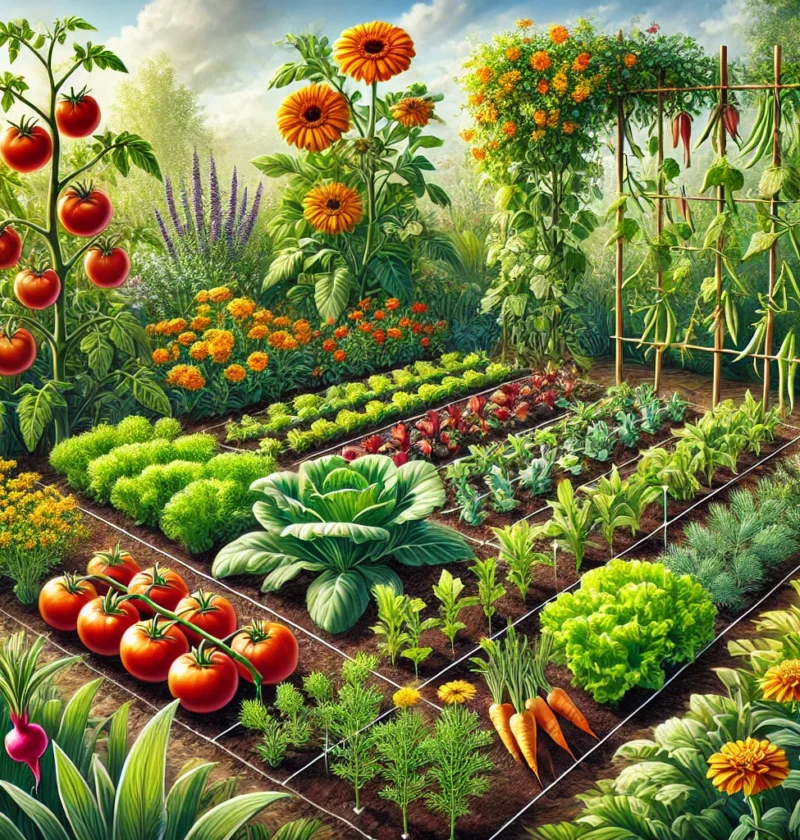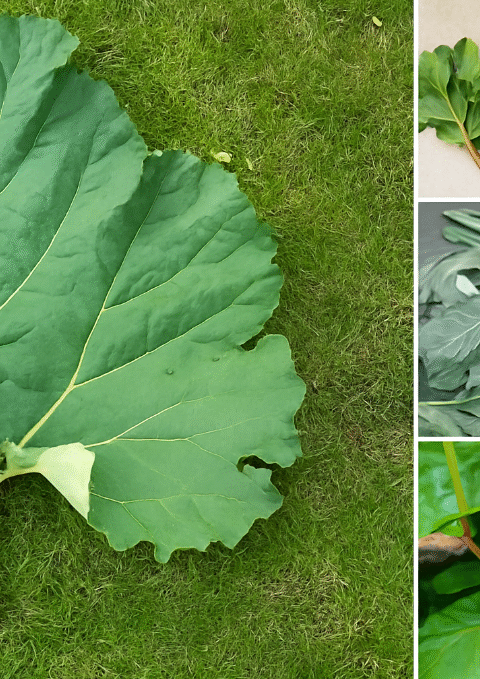The Friendly Guide to Companion Planting: Maximize Your Garden’s Potential
Introduction
Companion planting is a time-tested gardening technique that pairs plants strategically to enhance growth, deter pests, and improve yields. Whether you’re a backyard gardener or managing a small urban plot, learning which plants grow well together can help you cultivate a more productive and sustainable garden. In this guide, we’ll explore the best plant pairings, practical garden layouts, and techniques to maximize your harvest.
What Is Companion Planting?
Companion planting is the practice of growing different plants together in a way that enhances their growth and provides mutual benefits. This method can improve soil health, reduce the need for chemical fertilizers, and naturally repel pests. Some plants release natural substances that deter insects, while others provide shade, support, or essential nutrients to their companions.
Benefits of Companion Planting
Natural Pest Control: Certain plants, like marigolds, deter harmful pests, reducing the need for pesticides.
Enhanced Growth: Some plants provide necessary nutrients to their neighbors, promoting faster and healthier growth.
Improved Soil Health: Legumes, such as peas and beans, fix nitrogen in the soil, benefiting nearby plants.
Efficient Space Usage: Growing complementary plants together maximizes available space and sunlight.
Better Pollination: Flowers like nasturtiums attract pollinators, increasing fruit and vegetable yields.
Best Companion Plant Pairings
Vegetables & Their Best Companions
Tomatoes & Basil: Basil repels flies and mosquitoes while enhancing tomato flavor.
Carrots & Onions: Onions deter carrot flies, while carrots help aerate the soil for onions.
Corn, Beans, & Squash (Three Sisters): Beans fix nitrogen in the soil, corn provides support for beans, and squash covers the ground to retain moisture.
Cabbage & Dill: Dill attracts beneficial insects and improves cabbage growth.
Peppers & Marigolds: Marigolds keep aphids and nematodes away from pepper plants.
Herbs That Thrive Together
Thyme & Rosemary: Both require minimal water and repel pests.
Lavender & Oregano: Lavender attracts pollinators, while oregano acts as a ground cover to retain soil moisture.
Sage & Marjoram: These herbs support each other’s growth and require similar soil conditions.
Cilantro & Basil: These culinary favorites grow well together and deter unwanted pests.
Planning Your Companion Plant Garden
1. Garden Layout Strategies
Row Planting: Organize plants in rows to allow for easier maintenance and pest control.
Interplanting: Grow faster-maturing crops (like radishes) with slower-growing ones (like carrots) to optimize space.
Vertical Gardening: Use trellises for climbing plants like cucumbers and beans to maximize ground space.
Microclimates: Use tall plants like sunflowers to provide shade for lettuce and other delicate greens.
2. Soil & Water Considerations
Group plants with similar water and soil needs to simplify watering schedules.
Rotate crops seasonally to prevent soil depletion and reduce disease buildup.
Use mulch to retain moisture, suppress weeds, and regulate soil temperature.
Companion Planting for Pest Management
1. Natural Pest Deterrents
Nasturtiums: Repel aphids and squash bugs.
Chives & Garlic: Deter Japanese beetles and carrot flies.
Mint: Keeps ants and aphids away but should be planted in containers to prevent spreading.
2. Trap Crops
Certain plants attract pests away from your main crops, acting as sacrificial plants:
Radishes for Flea Beetles: Protects tomatoes and eggplants.
Mustard for Cabbage Worms: Shields broccoli and kale.
Companion Planting for Pollination
Flowers play a vital role in attracting bees and other pollinators:
Borage: Encourages bees to visit tomatoes and squash.
Zinnias & Sunflowers: Draw beneficial insects to your garden.
Dill & Fennel: Support butterflies and hoverflies, which prey on harmful pests.
Common Mistakes to Avoid
1. Poor Plant Pairings
Not all plants thrive together. Avoid these combinations:
Tomatoes & Potatoes: Both are susceptible to blight, increasing disease risk.
Beans & Onions: Onions can inhibit bean growth.
Cabbage & Strawberries: Strawberries attract pests that damage cabbage.
2. Overcrowding
Ensure enough space for plants to grow and receive adequate airflow. Overcrowded gardens lead to disease and nutrient competition.
3. Ignoring Crop Rotation
Rotating plant families each season prevents soil depletion and pest buildup. For example:
Year 1: Tomatoes & Basil
Year 2: Carrots & Onions
Year 3: Beans & Peppers
Conclusion: Cultivate a Thriving Garden with Companion Planting
Companion planting is a powerful way to improve your garden’s health, productivity, and sustainability. By carefully selecting plant pairings, utilizing smart layout techniques, and incorporating natural pest control, you can create a thriving, eco-friendly garden. Start experimenting with companion planting today and enjoy the benefits of healthier plants, increased yields, and a more harmonious garden ecosystem.
Call to Action
Are you ready to take your gardening skills to the next level? Start companion planting today and share your success stories with us! Happy gardening! 🌱🌻






